A sewing machine is a machine designed for stitching fabrics together also doing embroideries on fabrics. There are 20-30 parts in total in a sewing machine. You may think about what kind of sewing machine you’ll need. To know your need and different types of sewing machines CLICK HERE.
Structure and Functions of a Sewing Machine
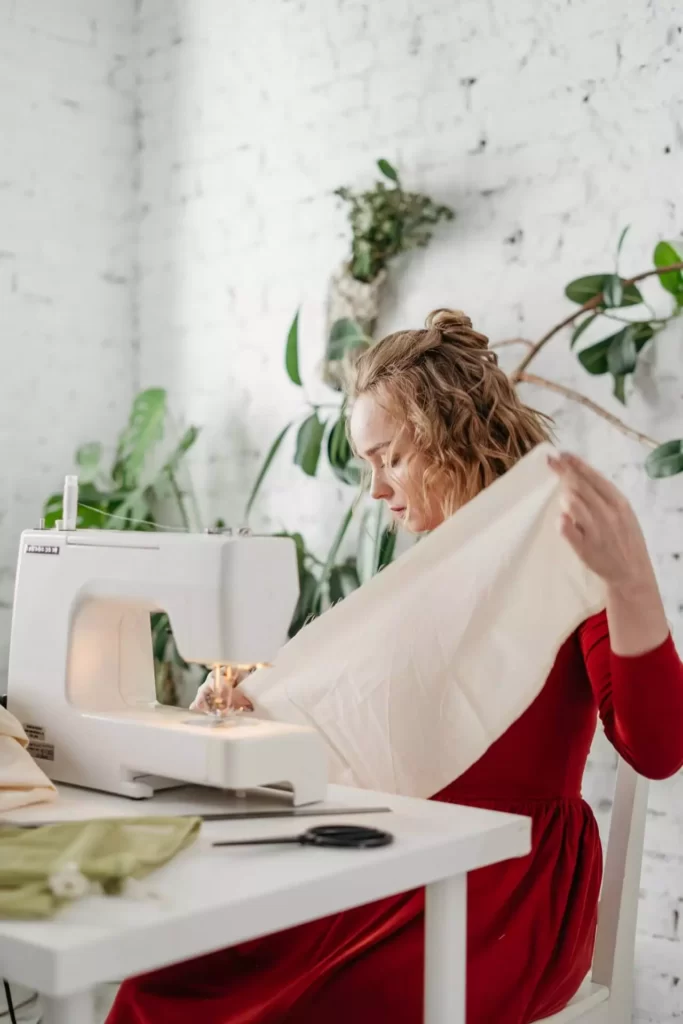
The basic Structure of a sewing machine is almost the same for every kind of sewing machine. Each machine is composed of three parts 1. Machine, 2. Table and 3. Stand.
1. Machine
A Machine is composed of three main subparts. i. The Upright, ii. Arm, iii. Face.
i. The Upright
Let’s look at the Upright Section, its’ parts and functions.
a. Balance Wheel
A Balance Wheel is also called a handwheel. It is the part of the machine that controls the speed of the sewing machine. A balance wheel is connected to a motor and guided by a belt within an electric sewing machine. As the wheel starts rotating the machine runs.
B. Stitch Length Regulator
Stitch Length Regulator regulates and adjusts the Stitch length as the name suggests. If the material is thick, then the size of the stitches also changes.
C. Reverse Stitch Lever
A reverse stitch lever is also known as Back Tack Lever. It controls the direction of the fabric. As soon as the lever is pressed down to the direction of fabric movement, it changes to that direction. It is used to get a double row of stitching to amplify the ends so that the stitches do not open up.
In some Sewing machines, Stitch Length Regulator is also used for Reverse Stitching.
ii. Arm
An Arm Section is consists of parts for handling the upper thread.
A. Oil Window
An oil window is also known as an Oil Gauge which is the self-oiling machine, oils path of the area and it indicates the amount of oil in the Oil Gauge. In industries, in the sewing machine, an oil tank is there below the bed of the machine. When the machine runs, the different parts get oiled automatically.
b. Thread Eyelet
Thread Eyelet is a small part of a machine that has a hole inside. This is also called the Thread Guide because it is responsible for properly guiding the threads from the spool pin to the hole of a needle. This helps to keep the thread in its proper course and protect it from friction so that it can move smoothly through the needle.
C. Spool Pin
Spool Pin holds the spool of the thread. It is a fixed part of a sewing machine.
iii. Face
Face Section is vertical support of the sewing machine that consists of the mechanical parts for driving the needle and handling the upper thread.
A. Needle Bar
A needle bar is a vertical bar on which the needle is mounted. The needle clamp holds the needle. It helps the needle to move up and down and through the fabric while sewing.
B. Presser Bar
The pressure Bar is a vertical bar also known as a knee lifter. The lower end of it attaches to the pressure foot. It can be raised and down by using the knee lifter.
C. Presser foot
The presser foot holds the fabric with the throat plate. So, it prevents the fabric from falling. At the same time, it also holds the fabric against the feed dog as the feed rises to move the material. It has two toes so that even pressure shall maintain on both sides of the needle.
D. Throat Plate
The throat Plate is a smooth surface on the machine bed, under the presser foot. The throat plate provides a smooth, flat surface over the fabric. It provides openings for the teeth of the feed dog and for the needle to pass. There are markings on the throat plate to guide while stitching.
E. Feed Dog
Feed Dog contains a toothed surface, which rises through the openings in the throat plate. It is located under the throat plate. It moves fabric along by a pre-determined amount between successive stitches. If the stitch length is smaller, the feed dog moves the fabric in a shorter length for each successive stitch. It moves up through the slot of the throat plate, involves the undersurface of the fabric. It moves fabrics along towards the rear of the machine and drops down again below the throat plate before commencing the entire cycle again. The movement of the needle is accurately synchronized with the elliptical movement of the feed dog. So movement of fabric takes place only when the needle is out of the fabric.
F. Presser Regulator
Regulators regulate the amount of pressure needed to apply by the presser foot. Presser Regulator mounted at the top of the presser bar. Rotate it to increase the pressure for finer fabrics and rotate it anti-clockwise to decrease the pressure while stitching on thick fabrics. Speed controls the amount of thread in a needle. First, it loosens the highest thread during stitch formation and then removes any slack thread to lock the stitch.
G. Hand Presser
The hand presser is used to raise or lower the presser foot. It is located at the rear of the machine.
H. Tension Regulator
It controls the amount of tension needed to apply on the upper thread. It consists of two things.
- Tension Disk: There are two tension disk between the thread. These control the supply of upper thread from the spool to the needle and ensure correct tension for stitch formation.
- Tension Nut: It can be rotated clockwise and opposite to increase and decrese the tension applied on the needle thread respectively.
I. Feed Length
As we know feed moves fabric into the right position and it’s controlled by the Stitch Length Regulator. When the regulator is set for a long stitch, the feed moves in a long elliptical path, proceeding the fabric in a significant distance. Feeding happens in 4 Steps. Four steps are stages of the elliptical movement of the feed dog.
- 1: When needle goes into a fabric, feed dog moves down.
- 2: When needle moves up, the feed dog moves forward.
- 3: As the needle moves up at a longer distance, the feed dog also moves up. Its teeth hold the undersurface of the fabric through the slots in the throat plate.
- 4: Feed dog moves the fabric one stitch backwards, while the needle is out of the fabric.
Well, It is the end of the article, if you think you can add some more details don’t hesitate to comment down below.
That’s all for today! I hope you liked it, please leave a comment! (❁´◡`❁)

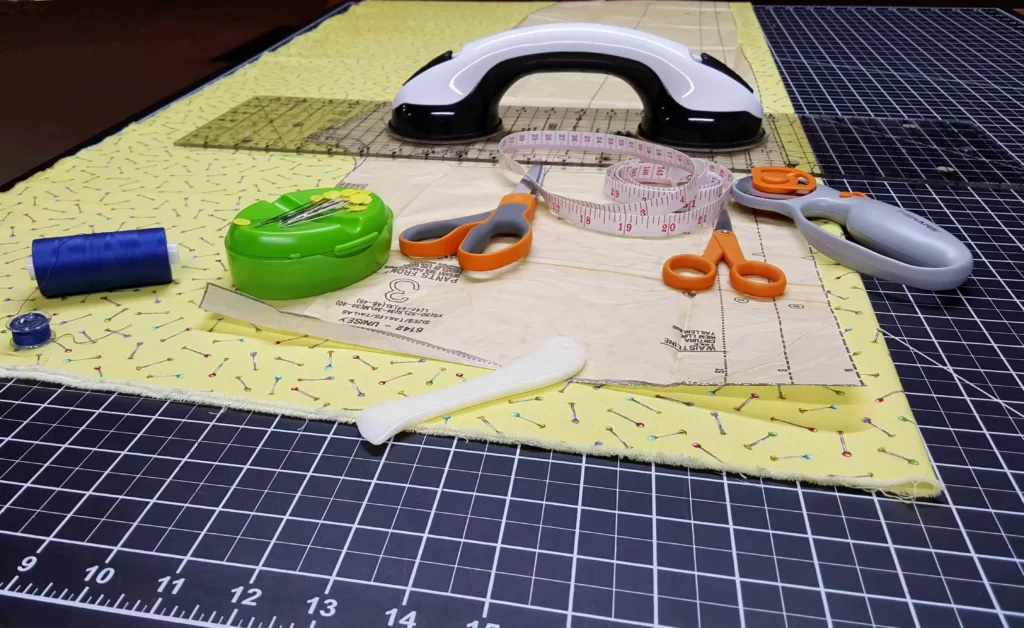

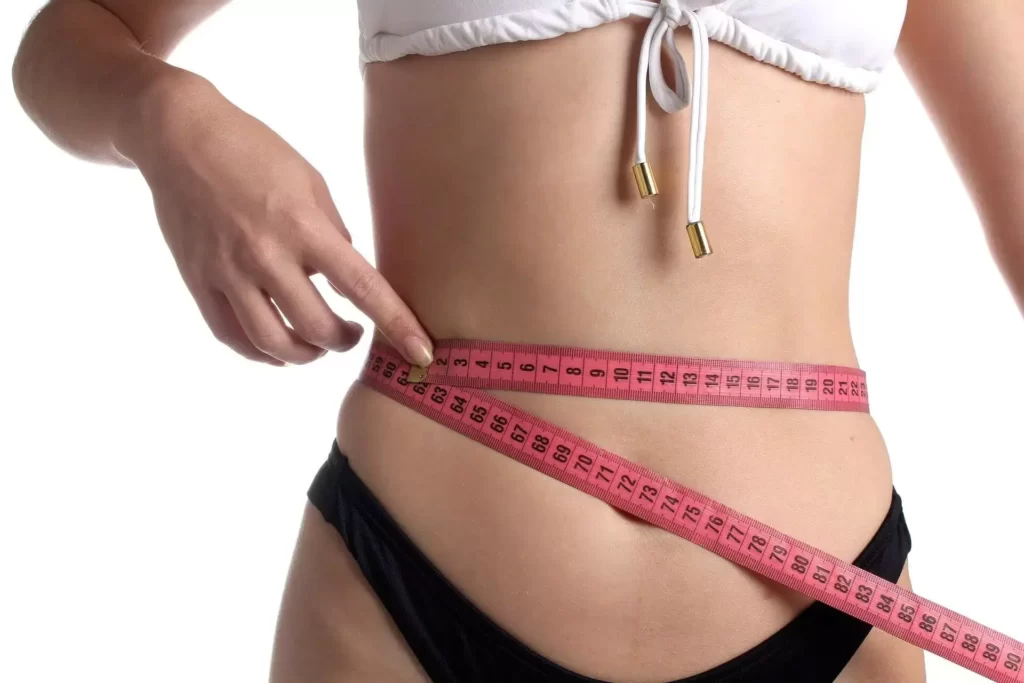
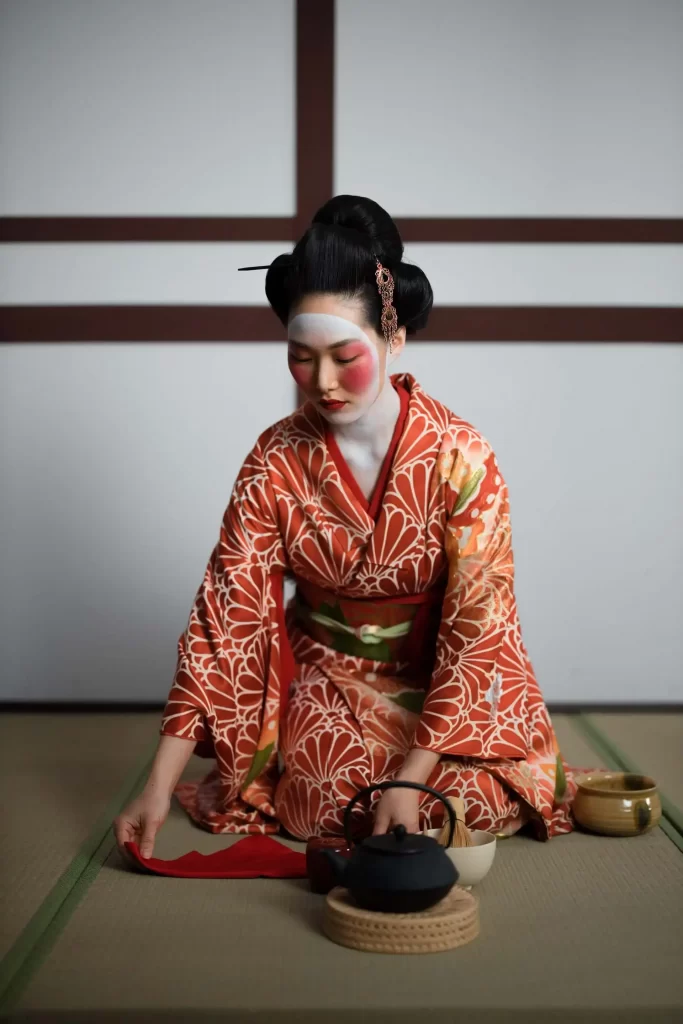
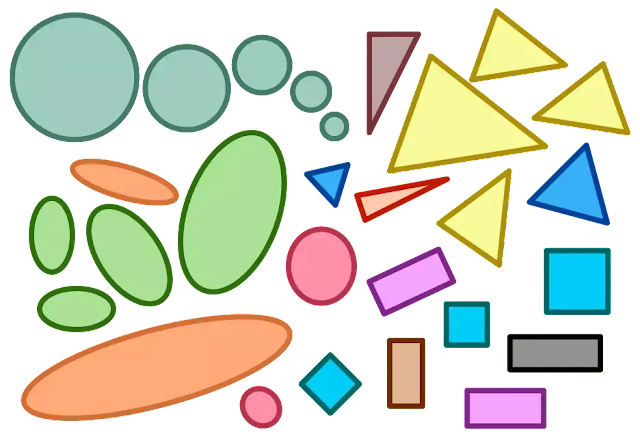
2 Comments. Leave new
Simple and Clear 🙂
😊